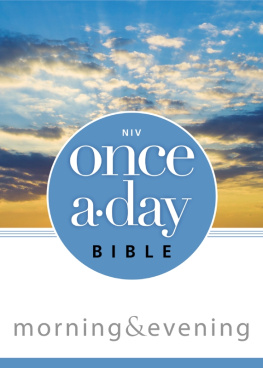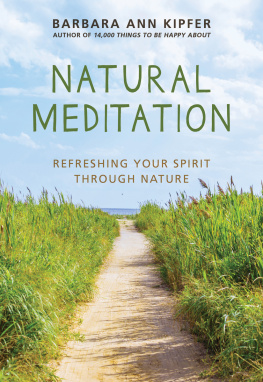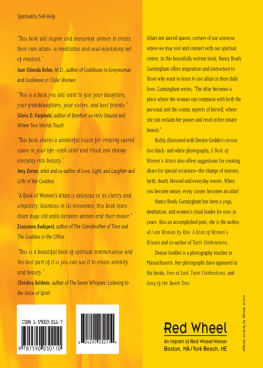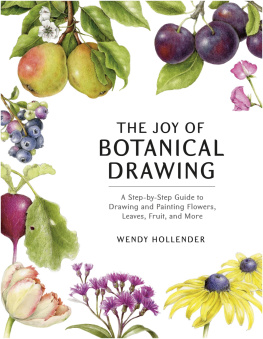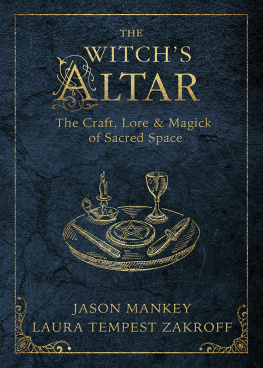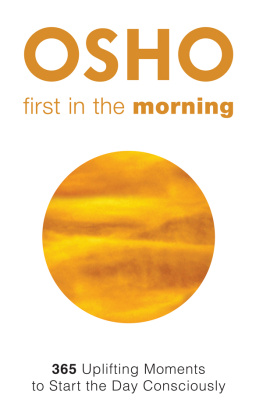Contents
Guide
Page List
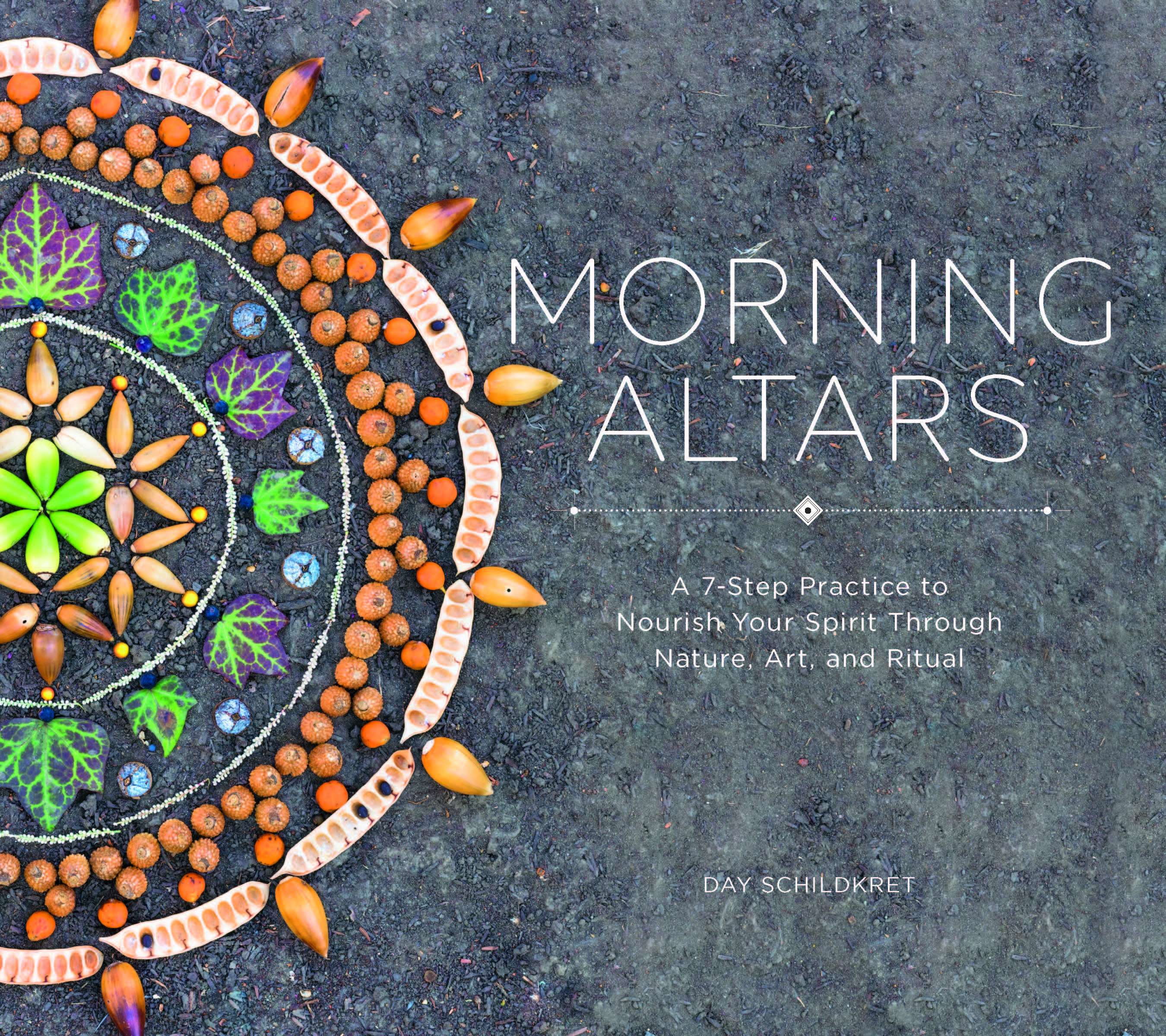
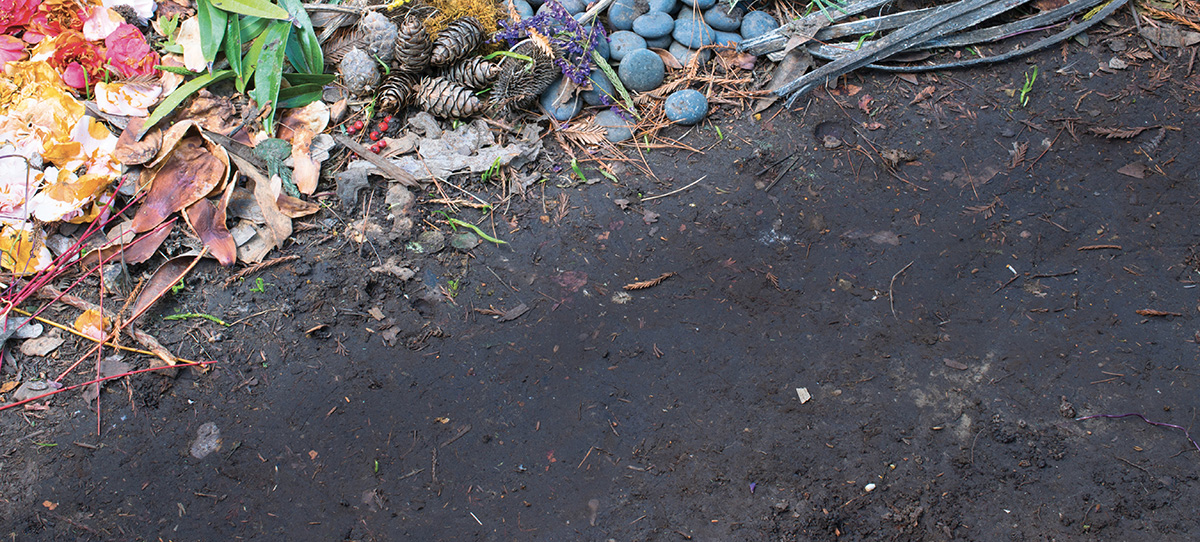
MORNING ALTARS

A 7-Step Practice to Nourish Your Spirit through Nature, Art, and Ritual
Day Schildkret


To Rudy Bear,
the little one who got me wandering
out on the land every morning
and is now resting within her.
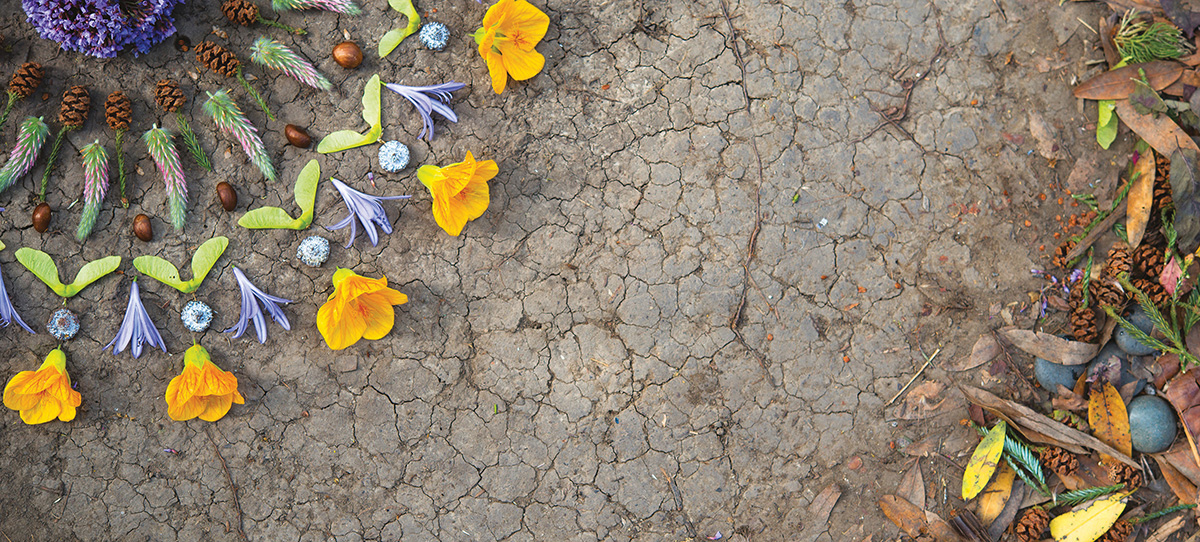
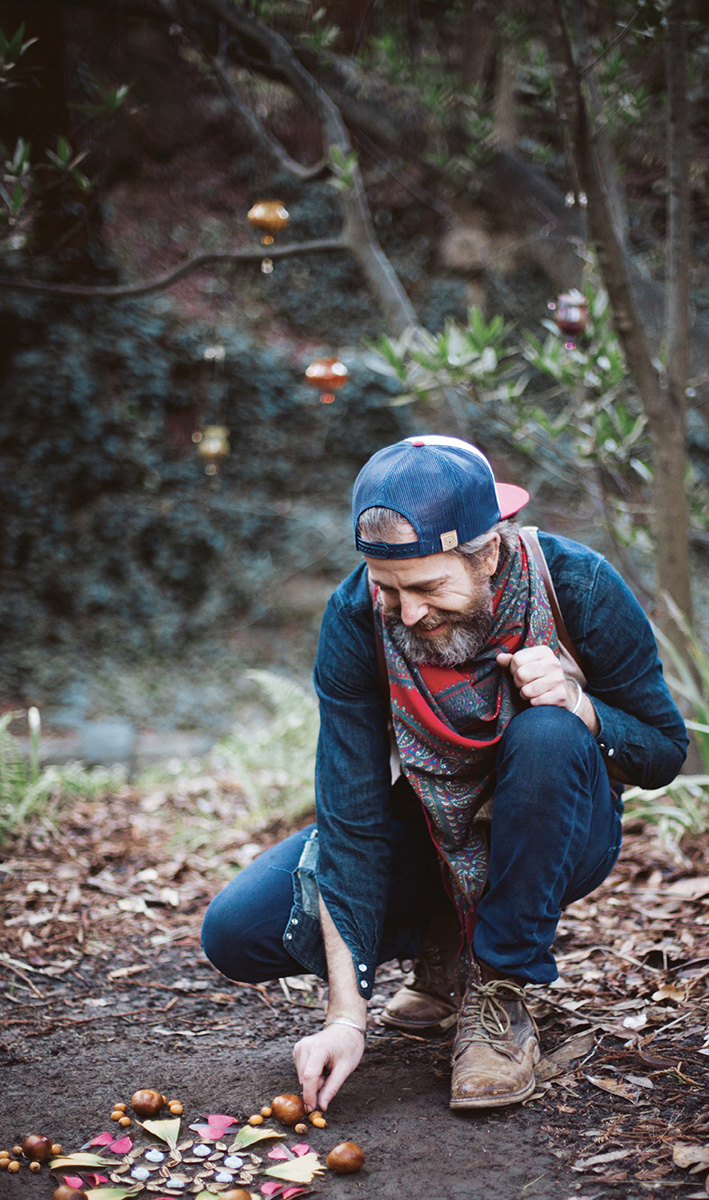
During these tumultuous times, our humanity is slipping through our very fingers. So much that was once reliable is crumbling, and what has been long remembered is now being forgotten. Encountering the mythical and meaningful in nature, in community, in life purpose, in the everyday ways of living are disappearing as the glowing screens entrance and distract us from presence and connection. The breakneck speed of our days deceive us into thinking that busyness and productivity are the keys to a happy life. But without a practiced capacity to slow down and savor the subtleties, we are left ridden with anxiety, overwhelm, and exhaustion. Division and confusion pervade our collective conversations, and are reminders that we are living in a world ever more negligent toward and in real need of the fundamentals that make us human and healthy, the very threads that can tie us back together again.
Art, nature, and ritual have always offered a light in dark places. Individually, they can tether us to presence, purpose, and beauty during unpredictable times, rooting us into what truly matters and guiding a way back to our hearts and homes. Together they can serve as an antidote to some of the most challenging struggles we face both as a people and as a culture. They can help us practice creativity in the midst of disempowerment, to see with curiosity and wonder when so much looks like hopelessness and despair, and to exercise awareness and surrender through the transitory nature of life. These are real skills that we need in order to mend the tattered fabric of our humanity.
For hundreds of thousands of years, people all over the world have nourished life through ritualized earth art. From Stonehenge in England to the Giant Serpent Mound in Ohio to the Nazca Lines in Peru to the Chauvet Caves in France and to the totem poles of the Pacific Northwest Native Americans, the Earth has always served as a collaborator to express the myth, prayer, and memory of the people. Even for modern humans, the ritual of earth art can faithfully tie us back into a greater story of our small but significant place on this floating planet.
This book humbly and proudly stands on the shoulders of giants. As millions of people around the world continue to pass down their traditions of impermanent earth art, they remind us that while the art may not last, the ritual remains as cherished as ever. On a weekly basis, I get messages from people in India, Nepal, and Tibet who share with me generations of their familys customs of making earth altars in the form of rangolis, mandalas, kolams, alpanas, and muggus. I also receive messages from people in Peru and Vanuatu offering photos of their despachos and sandroings. Whether they are made from sand, volcanic ash, clay, rice or corn, these earth altars are woven into the fabric of the families and the cultures. They are beautiful and functional expressions of gratitude that serve to heal physical and emotional ailments, restore balance, honor births, grieve deaths, and provide offerings to the spirits of the land.
Even our Western culture has a relationship with ephemeral earth art through sandcastles, snow sculptures, jack-o-lanterns, and Easter eggs. Interestingly, these playful nature expressions are almost all consigned to childs play while serious adult art is housed in museums and galleries. In the 1960s and 70s, in conjunction with greater environmental awareness, visionaries of the modern Land Art Movement paved a way for people of this Western culture to connect art and the natural world again. These efforts freed art from the confines of the museums, and the commodities markets, brought it outside and let the art belong to no one and everyone simultaneously. I would do well to honor visionaries such as Robert Smithson, Robert Long, Michael Heizer, Nancy Holt, Ana Mendieta, Cornelia Konrads, Dieter Voorwold, Mary Miss, and of course, Andy Goldsworthy.
Our modern culture tells us often, like a mantra, that bigger and faster are better. But as we face such peril that we have never encountered before on this Earth, within our communities and ourselves, I submit that a way through these troubled times can be found in beholding the ordinary and smallest of things. The fallen leaves or spiraling pinecone can tutor us in the needed skills of wonder and mystery, reawakening our imaginations as people who can behold magnificence. This book describes a landscape of enchantment. It not only strives to captivate you with the images of the altars but also weave you into a tangible practice and ritual that can connect you back to the pace of the Earth, channel your distractions, and offer you a way to bring meaning, mindfulness, and beauty to your life and to life itself in a time when it is truly needed.
As you wake up tomorrow morning, consider the question that Antonio Machado so eloquently asks:
What have you done with the garden
that was entrusted to you?

February 2018

We are debris arrangers. Equipped with
what we have inherited, we try to make
a life, make a living and make art.
We are assemblers. We forge received
parts into meaningful compositions.
This state of affairs is our plight and our
destiny, but it also offers the opportunity
to find meaning as well as to find
communion with others.
Anne Bogart, Theater Director

Dawn has arrived. Its deeply quiet. Wildcat Canyon, the place I call home, is beginning to stir. And my broken heart aches. The year is 2014 and all I can do to find my footing after the most grief-soaked breakup of my life is to walk my dog in these Northern Californian hills. It calms my mind. Rudy, my fourteen-year-old miniature schnauzer, leads the way. We go slowly. Beauty envelops us as we trudge forward. As much as I try to avert my eyes, the land continues to present us with beautiful gifts that wont be denied: a leaf that somehow has managed to host all of the autumn colors, eucalyptus caps that look like an ancient temple tile from Morocco, and the sleek, jet-black tail wing feather of the neighborhood crow. I receive these gifts. Theyre balm for my tender heart.


